Kantech KT-100 Access control controller
Technical Specification
- Make: Kantech
- Model code: KT-100
- Controller Type: Standalone
- Max No. of Doors per Controller: 1
- Offline Capabilities: Yes
The KT-100 firmware program is stored in flash memory for easy upload from the owrkstation without changing memory chips. Using a TCP/IP interface module, the KT-100 can be connected to a LAN/WAN network. Mounts on the secure side of a door, reducing the length of cable requred. Includes connections for 2 card readers, lock device, door contact and request to exit. Can be easily mounted on a single gang box (flush mount) or on a surface back box.
Read more| Make | Kantech |
|---|---|
| Manufacturer | Kantech |
| Category | Access Control>Access control controllers |
| Model code | KT-100 |
| Controller Type | Standalone |
| Max No. of Doors per Controller | 1 |
| Offline Capabilities | Yes |
| Communication Type | TCP/IP |
| Onboard No/Type of Inputs / Outputs | 4 inputs, 2 outputs |
| Universal / Wiegand Reader Interface | Yes |
| Electrical Specifications |
Voltage: 14 V DC Power Consumption: 50 mA |
| Physical Specifications | Dimensions mm: 114 x 70 x 30 |
| Environmental Specifications |
Operating Temp oC: 2 ~ 40 Operating Humidity %: 0 ~ 95 |
| Accessories | Mini Door Controller |
| Additional info | The KT-100 firmware program is stored in flash memory for easy upload from the owrkstation without changing memory chips. Using a TCP/IP interface module, the KT-100 can be connected to a LAN/WAN network. Mounts on the secure side of a door, reducing the length of cable requred. Includes connections for 2 card readers, lock device, door contact and request to exit. Can be easily mounted on a single gang box (flush mount) or on a surface back box. |
| Download PDF version Download PDF version | |
You might be interested in these products
Related Whitepapers
12 questions to ask your access control provider
Cybersecurity in keyless access management
Three essential reasons to upgrade your access control technology in 2022
The role of artificial intelligence to transform video imaging
DownloadAccess control system planning phase 1
DownloadHow to lower labour costs when installing video surveillance
DownloadKey Findings from the 2024 Thales Cloud Security Study
DownloadGunshot detection
Download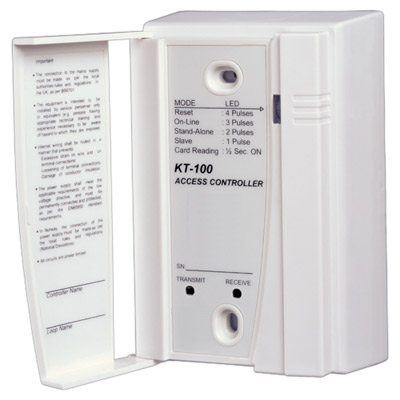

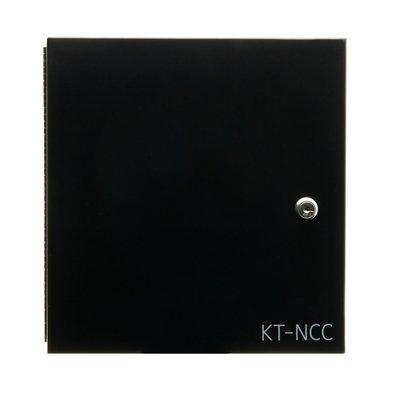
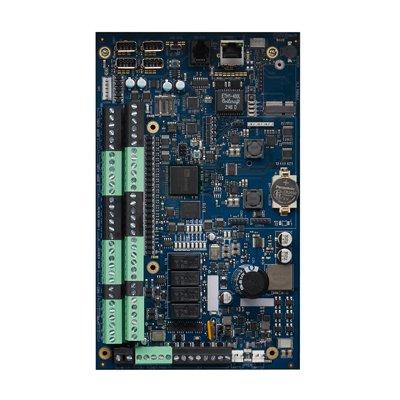
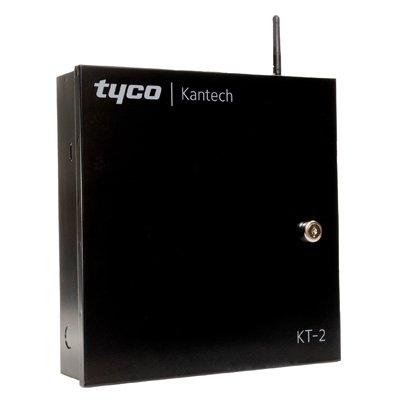

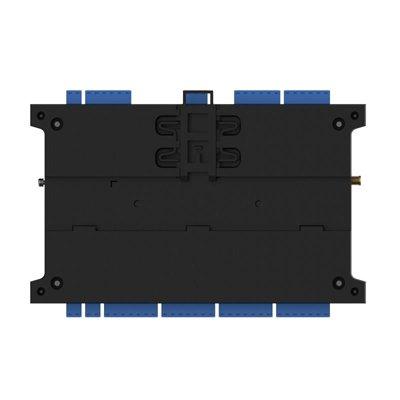










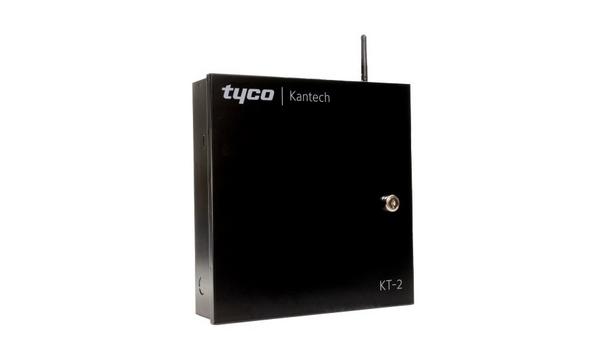


![$common_vars['trending_topic_article_popup'][0]->title](https://www.sourcesecurity.com/img/news/612/psia-920x533_1693978821.jpg)
